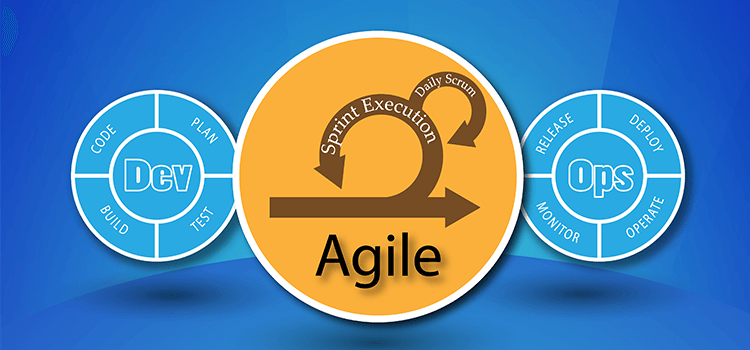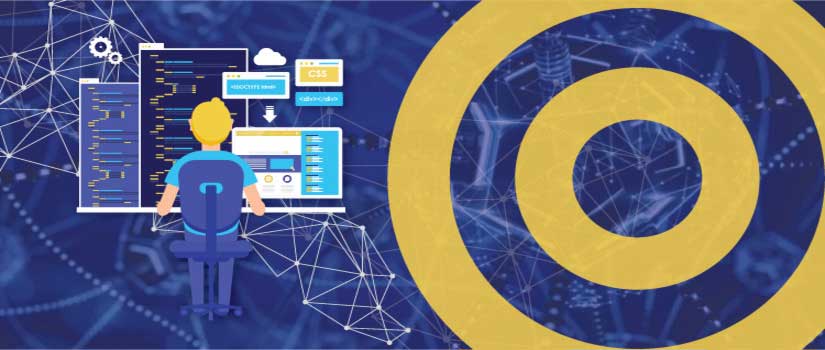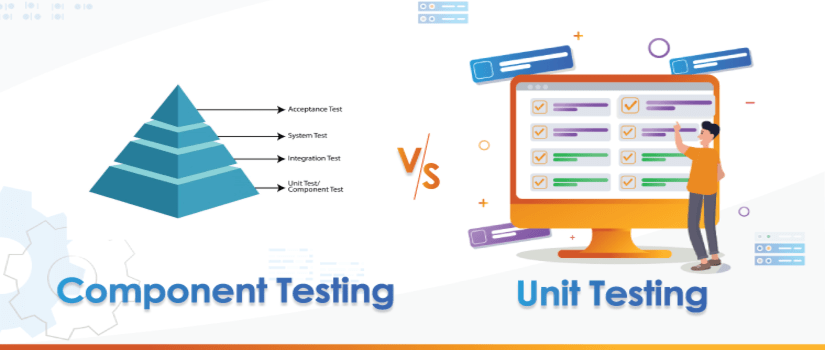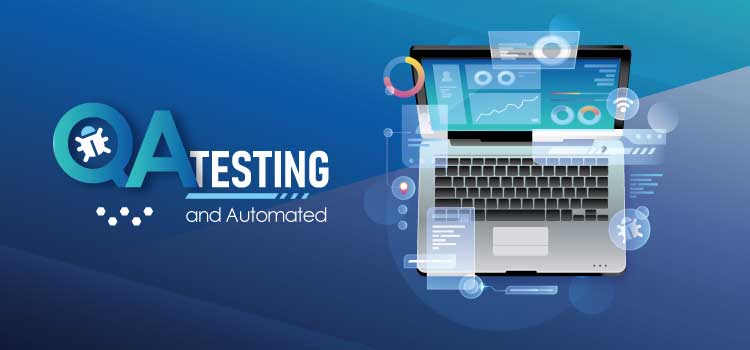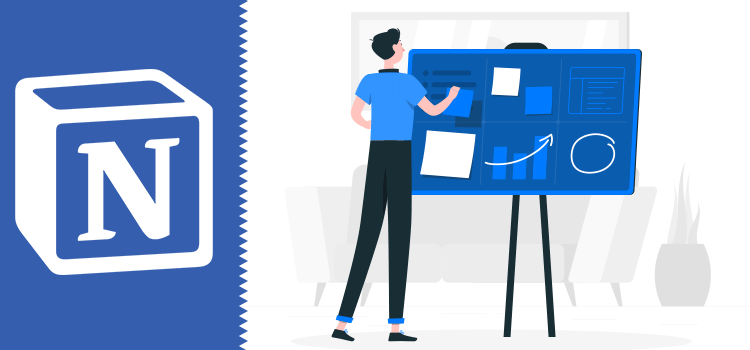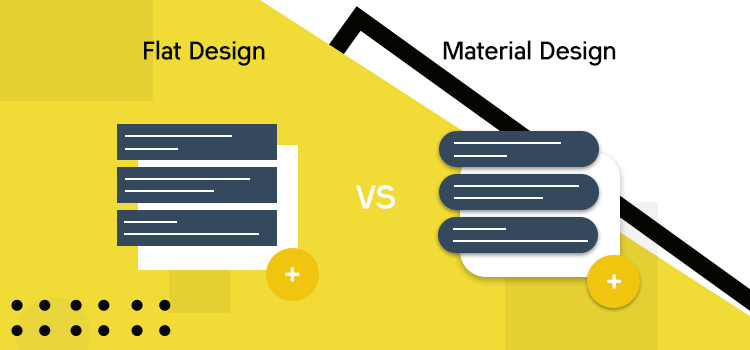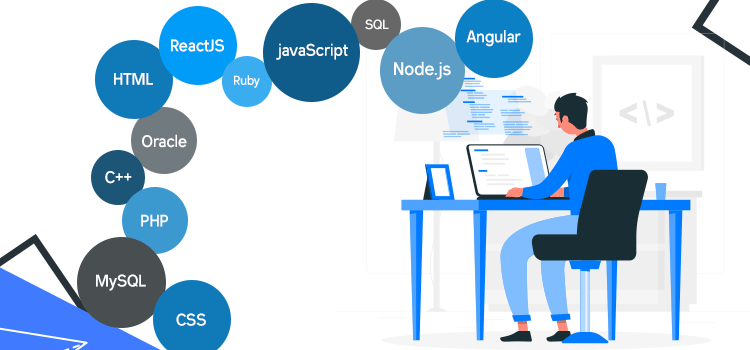Agile Methodology
builds upon the fundamental idea of embracing the uncertainty and dynamic nature of modern projects. The risks associated with classical waterfall methodology are high. The costs increase exponentially when the requirements change or the hurdles come along the way. The Agile methodology addresses these problems by embracing the reality rather than working around it. In Agile methodology, we divide the development of a product in sprints starting with a Minimum Viable Product (MVP) and developing incrementally upon it.
A sprint is a period of time allocated to certain development tasks. It can be categorized as a particular phase of a project. Each sprint has a specific scope of work and timeline. Sprints are time-bound. If upon expiry of the timeline for a particular sprint, something is not considered as complete, it would become the part of the ongoing development cycle and will be pushed to next sprint. Sprints are flexible in nature. Sprints are simply short cycles of development work that allow for faster production and continuous revision if needed. Each sprint ends with a testable working build for the client to review. This process ensures the project is always going in the right direction
Agile methodology is the continuous development of software. Changing requirements from a customer end are taken care of on the go. During the Agile process, a client and the development team can opt for changing the requirements to meet the exact expectation from a software/product and to ensure Quality needed by the client. This ongoing changing facilitation within Agile methodology sometimes helps in redefining the overall expectation from a project and can result in a lot better and sound version of a product what it was anticipated at the beginning to be.
Agile methodology is efficient and facilitates creating a change or respond to a change on the go. It asserts the importance of self-organized teams and collaboration. There will for sure be the Managers in the process however teams are encouraged to figure out the situations on their own ability.
Agile Alliance was officially formed in late 2001 as a place for people who are developing software and helping others develop software explore and share ideas and experiences.
Ward Cunningham posted the Agile Manifesto, and later the 12 Principles online at AgileManifesto.org, which are as follows;
Principles Behind The Agile Manifesto
• Our highest priority is to satisfy the customer through early and continuous delivery of valuable software.
• Welcome changing requirements, even late in development. Agile processes harness change for the customer's competitive advantage.
• Deliver working software frequently, from a couple of weeks to a couple of months, with a preference to the shorter timescale.
• Business people and developers must work together daily throughout the project.
• Build projects around motivated individuals. Give them the environment and support they need, and trust them to get the job done.
• The most efficient and effective method of conveying information to and within a development team is a face-to-face conversation.
• Working software is the primary measure of progress.
• Agile processes promote sustainable development. The sponsors, developers, and users should be able to maintain a constant pace indefinitely.
• Continuous attention to technical excellence and good design enhances agility.
• Simplicity--the art of maximizing the amount of work not done--is essential.
• The best architectures, requirements, and designs emerge from self-organizing teams.
• At regular intervals, the team reflects on how to become more effective, then tunes and adjusts its behavior accordingly.
These 12 principles depict the mindset behind Agile Methodology. Alistair Cockburn is an American computer scientist, known as one of the initiators of the agile movement in software development. He signed the Manifesto for Agile Software Development Alistair Cockburn suggested that a methodology is the set of conventions that a team agrees to follow. That means that each team is going to have its own methodology. which will be different in either small or large ways from every other team’s methodology. So Agile methodologies are the conventions that a team chooses to follow in a way that follows Agile values and principles.
Managing Agile And DevOps Workflow
There are several tools available which make it easy to implement and manage the Agile and DevOps workflows. Agile mainly has two types, Kanban and Scrum. There are different tools and services available which allows support for either or both of them. Some tools like Azure DevOps provides the features for both Agile as well as DevOps. Most commonly used tools for Agile are,
• Atlassian Jira (Scrum & Kanban)
• Trello (Kanban)
• Asana (Kanban)
• Azure DevOps (Scrum & Kanban)
Some of the tools used for implementing DevOps are,
• Azure DevOps
• Jenkins
• Atlassian Bamboo
• GitLab CI
Conclusion
Software is not considered done or completed until it is successfully delivered to a User and it meets all the expectations around availability, performance and changing needs. Agile & DevOps methodologies and its practitioners need to understand the importance of all the aspects of development & delivery followed by Agile & DevOps principles.
Soft Tech Group, Inc. utilize Agile and DevOps methodologies for product and applications delivery, to deliver industry vertical based solutions, and positively impact our clients’ ROI. Contact us for your next project.

